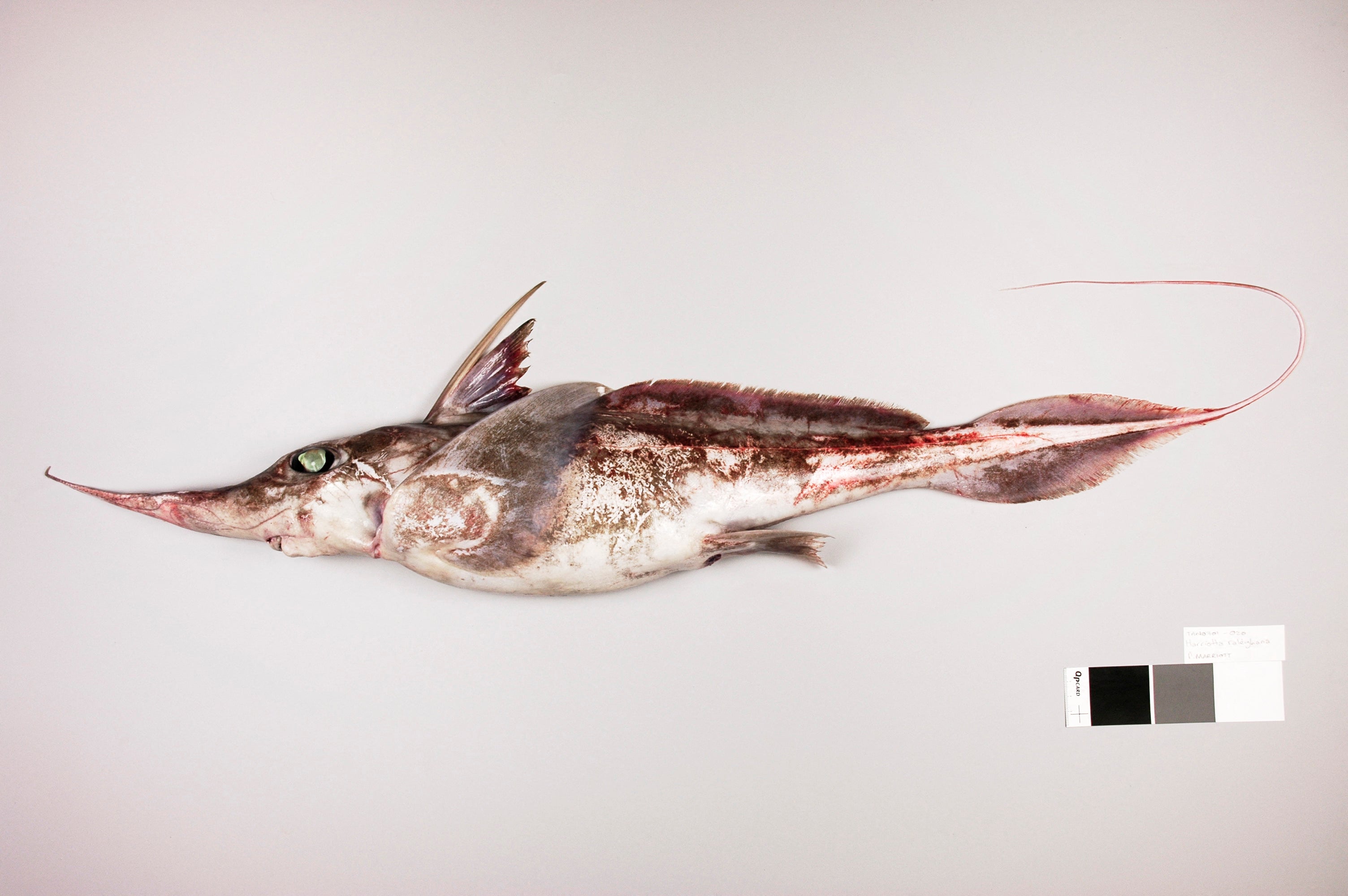New species of otherworldly ghost shark discovered in New Zealand
Ghost shark with beak-like mouth and whip-like tail discovered in Chatham Rise
Your support helps us to tell the story
From reproductive rights to climate change to Big Tech, The Independent is on the ground when the story is developing. Whether it's investigating the financials of Elon Musk's pro-Trump PAC or producing our latest documentary, 'The A Word', which shines a light on the American women fighting for reproductive rights, we know how important it is to parse out the facts from the messaging.
At such a critical moment in US history, we need reporters on the ground. Your donation allows us to keep sending journalists to speak to both sides of the story.
The Independent is trusted by Americans across the entire political spectrum. And unlike many other quality news outlets, we choose not to lock Americans out of our reporting and analysis with paywalls. We believe quality journalism should be available to everyone, paid for by those who can afford it.
Your support makes all the difference.Scientists in New Zealand have discovered a new species of long-nosed "ghost shark" that thrives in the deep waters of the Pacific Ocean.
The Australasian Narrow-nosed Spookfish was found living in the deep waters closer to the ocean floor where they hunt food, scientists from Wellington-based National Institute of Water and Atmospheric Research (NIWA) said.
The specimen with a beak-like mouth and whip-like tail was discovered during research in the Chatham Rise, an area of the Pacific that stretches around 1,000km east near New Zealand's South Island.
The scientists initially believed the specimen was part of a single globally distributed species. But further investigation revealed it was a new, genetically and morphologically distinct, species.

"Ghost sharks like this one are largely confined to the ocean floor, living in depths of up to 2,600m," said NIWA fisheries scientist Dr Brit Finucci.
Their habitat makes them hard to study and monitor, ergo not a lot about their biology or threat status was known to scientists, she said. "But it makes discoveries like this even more exciting."
Dr Finucci said she named the species Harriotta avia in memory of her grandmother. "Chimaeras are also rather ancient relatives – the grandmas and grandpas – of fish and I thought the name was well suited," she said in a statement.
The new species of ghost shark lives exclusively in the deep waters of Australia and New Zealand, according to NIWA.
Ghost sharks, also called chimaeras, are a group of cartilaginous fish closely related to sharks and rays. They are, however, not actual sharks. Chimaeras are also called ratfish, rabbitfish and elephant fish and have been around for millions of years.
They have smooth skin, free of scales, and feed off crustaceans such as shrimp and molluscs with their distinctive beak-like teeth. They are rarely found and sightings of their young ones are even rarer, according to NIWA.
Scientists from the Shark Specialist Group, a division of the International Union for the Conservation of Nature, said that 16 per cent of ghost shark species are “threatened” or “near threatened".
The assessment in 2020 also found that 15 per cent of ghost shark species were “so understudied that their extinction risk cannot be determined".

Join our commenting forum
Join thought-provoking conversations, follow other Independent readers and see their replies
Comments